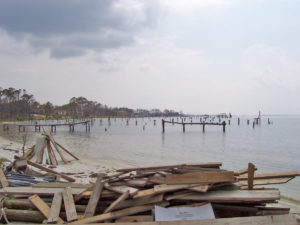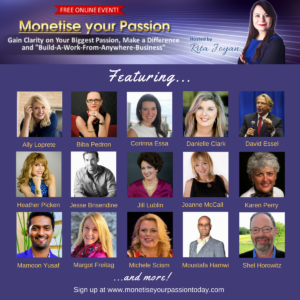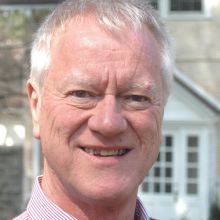A Lifelong Love of Reading
My mom told me often that I taught myself to read at age 3 by sounding out stuff on cereal boxes, mayonnaise jars, etc. And to this day, I read packaging, ads, tracts…whatever is lying around. She also told me that I was extremely frustrated that I couldn’t get a New York Public Library (NYPL) card until I could write my name, which took another two years after I learned to read. She had to take books out for me on her card. I have no memory of either of these things. But I do remember that I was reading fluently by the beginning of first grade. At age 60, I’m still grateful to my first grade teacher, who sat me in the back of the room with a 4th grade geography textbook while she inflicted Sally, Dick, and Jane on the rest of the class (and I still love geography).

Much later, I met my wife, novelist and poet D. Dina Friedman, at a poetry reading in Greenwich Village
I was skeptical of Mom’s claims about me until we discovered when my son was 2 and some months that he could tell words like wax, fax, and max apart, visually, because my daughter had sat him down and taught him. He was not an early reader but obviously could have been if it had been a priority. He was (and still is at 25) focused on music. We started reading to our kids when they were infants. My daughter, gluten-free/vegetarian gourmet food blogger Alana Horowitz Friedman and her husband are both avid readers, too.
Mom was like that too. Once they lifted the old limit of eight books at a time, she would go to the local NYPL branch every two weeks with a SHOPPING CART, fill it with books, and wheel it the mile back to our house. She had a long commute to Manhattan via express bus and that’s where she did much of her reading.
I’m still a voracious reader. Books have opened up my mind to such incredible richness of thought and emotion. Much of my thinking on everything from nonviolent social change to green business success comes from processing and extrapolating on what I read to come up with something new. The world is a much more interesting place to me because of writers like Dave Dellinger, Gandhi, and Gene Sharp’s writings about nonviolence, and Amory Lovins, Janine Benyus, and William McDonough on the green business side.
But a few years ago, I realized that while I made time in my busy life for nonfiction, I didn’t do enough pleasure reading. I started making sure I read at least five minutes a day of a book that had nothing to do with work.
Of course, five minutes was nowhere near enough if I was into a good book. I found all sorts of nooks and crannies in my day to read. And then I decided to get a lot more exercise. Much of that is on an indoor stationary bicycle: a perfect place to read! Typically, I start my first shift of the day with a poem, then ten minutes of nonfiction and ten minutes of fiction or memoir. If I’m biking 20 minutes, that’s my whole shift. If (more typically) I’m doing 30 minutes, I often spend the remaining 10 checking Facebook from my phone, because I have to make time in my life for social media, too.
With most of it on the exercise bike, I’m actually reading more than 80 books a year!
Some vast number of people never read another book after college. They’re cheating themselves. Make time in your own life for this great pleasure!









